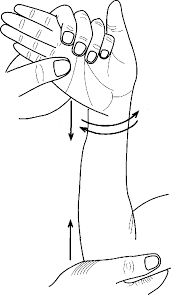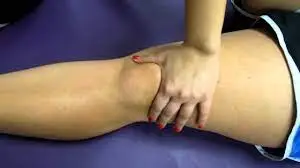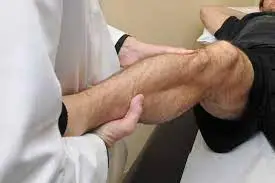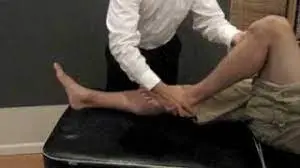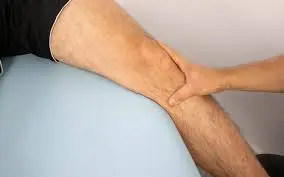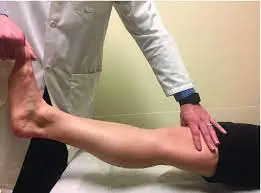Ulnocarpal Stress Test
Introduction The Ulnocarpal Stress Test also known as the ulnar carpal stress test, is a medical exam used to assess the integrity and stability of the wrist’s triangular fibrocartilage complex (TFCC). The TFCC is a group of ligaments and cartilage that support and stabilize the wrist joint. The test is normally performed by a healthcare…

